I have to return rows from the database when the value exceeds a certain point.
I should get enough rows to sum up to a value that is greater than my quantity and stop retrieving rows.
Is this possible and does it makes sense? Can this be transferred into LINQ for EF core?
I am currently stuck with query that will return all the rows...
SELECT [i].[InventoryArticleId], [i].[ArticleId], [i].[ArticleQuantity], [i].[InventoryId]
FROM [InventoryArticle] AS [i]
INNER JOIN [Article] AS [a] ON [i].[ArticleId] = [a].[ArticleId]
WHERE (([i].[ArticleId] = 1) AND ([a].[ArticlePrice] <= 1500))
AND ((
SELECT COALESCE(SUM([i0].[ArticleQuantity]), 0)
FROM [InventoryArticle] AS [i0]
INNER JOIN [Article] AS [a0] ON [i0].[ArticleId] = [a0].[ArticleId]
WHERE ([i0].[ArticleId] = 1) AND ([a0].[ArticlePrice] < 1500)) > 10)
Expected result is one row. If number would be greater than 34, more rows should be added.

